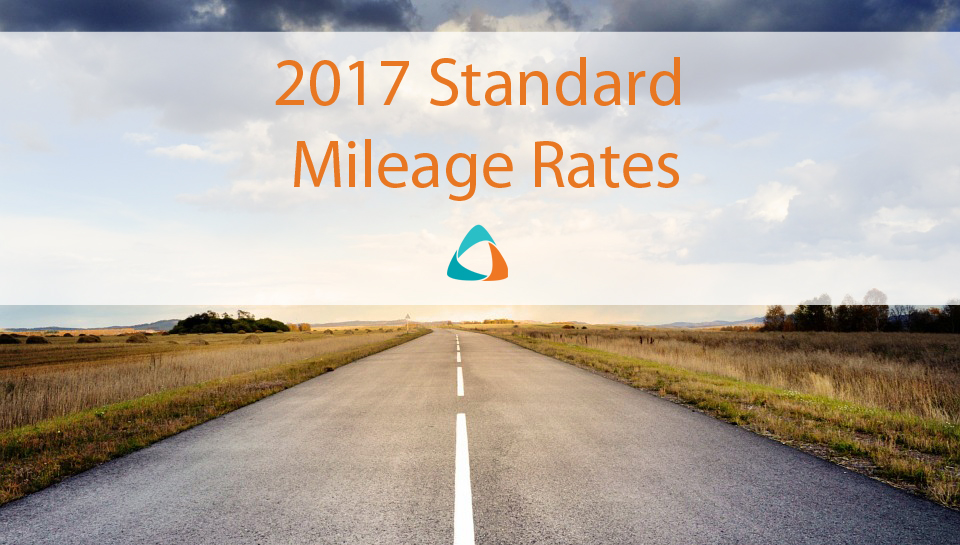2017 Standard Mileage Rates
The IRS has issued the 2017 optional standard mileage rates used to calculate the deductible costs of operating an automobile for business, charitable, medical or moving purposes.
 Beginning on January 1, 2017, the standard mileage rates for the use of a car (also vans, pickups or panel trucks) will be:
Beginning on January 1, 2017, the standard mileage rates for the use of a car (also vans, pickups or panel trucks) will be:
- 53.5 cents per mile for business miles driven, down from 54 cents for 2016
- 17 cents per mile driven for medical or moving purposes, down from 19 cents for 2016
- 14 cents per mile driven in service of charitable organizations
Although not explicitly stated by the IRS, the reduction to the standard rate probably reflects the corresponding reductions in fuel costs that have occurred during 2016. As always, taxpayers have the option of calculating the actual costs of using their vehicle rather than using the standard mileage rates.
A taxpayer may not use the business standard mileage rate for a vehicle after using any depreciation method under the Modified Accelerated Cost Recovery System (MACRS) or after claiming a Section 179 deduction for that vehicle.
Employers may also use this rate in reimbursing auto mileage driven by their employees, provided such reimbursement occurs under an accountable plan. However, the ability of business entities (excluding sole proprietors and some partnerships) to utilize the standard mileage rate for company-owned or leased vehicles is limited.
If you have any questions please contact your AAFCPAs partner, or Rich Weiner, CPA, Partner at 774.512.4078, rweiner@nullaafcpa.com.

